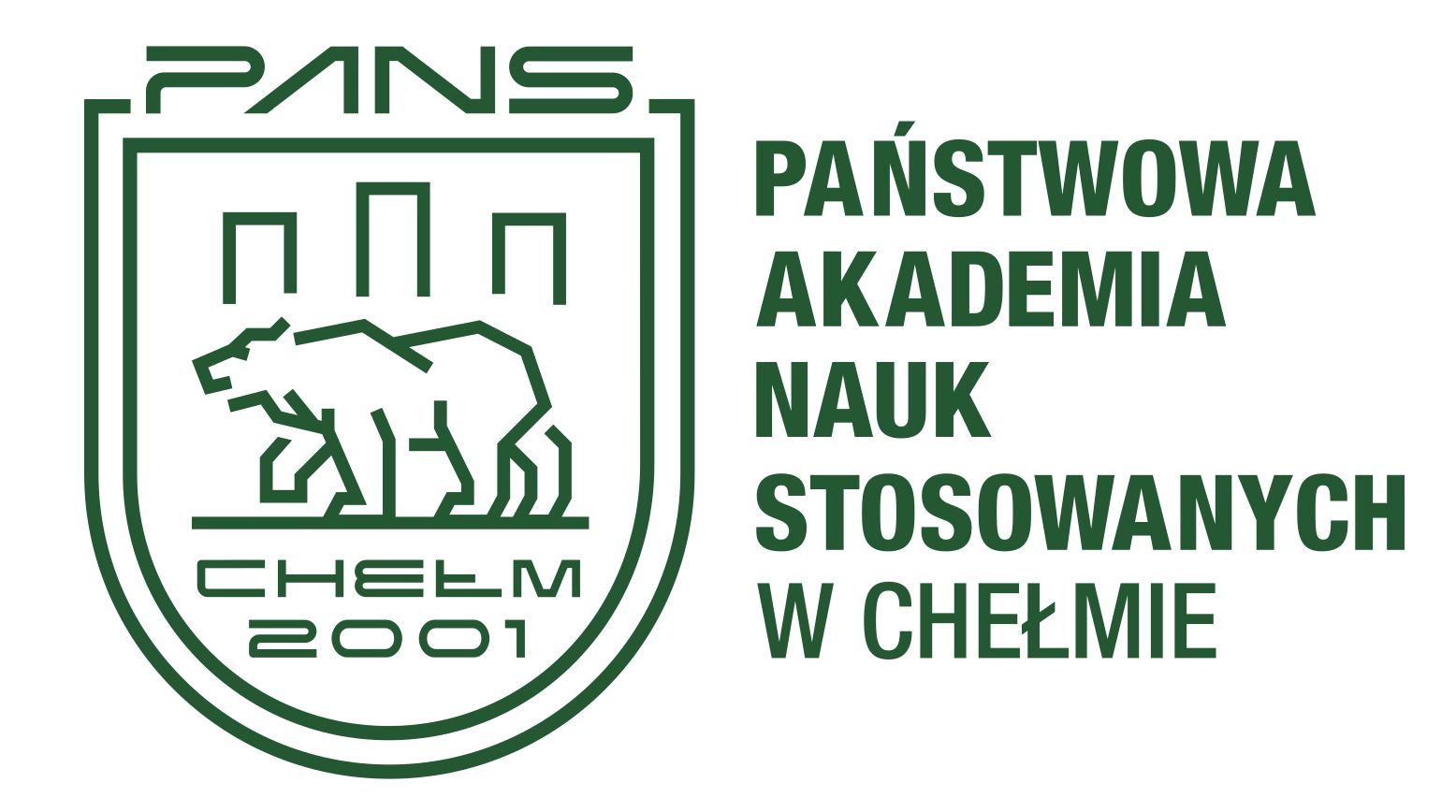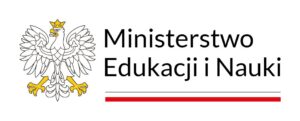Comparison of psychological personality tests and their potential use in translation studies
DOI:
https://doi.org/10.54515/lcp.2024.1.39-53Keywords:
psychological tests, psychology, translation studies, translator’s personality traitsAbstract
Psychological tests are widely used to assess personality traits and cognitive abilities. However, their potential application in translation studies remains largely unexplored. This overview article aims to compare psychological tests used in identifying personality traits and cognitive abilities that may enhance translators' skills. Personality tests can reveal psychological factors that may be crucial for effective translation. The psychological dimensions are often overlooked despite the acknowledged importance of linguistic and cultural proficiency in translation studies. Emotional responses and personality traits significantly impact translators' decisions and performance, highlighting the need for further research. Implementing tests like the MBTI, DISC, Big Five, and HEXACO Personality Inventory can offer valuable insights. Understanding translators' personality traits can enable strategies for improvement and enhance overall translation outcomes. Bridging the gap in research regarding psychological dimensions is crucial for a comprehensive understanding of translators' behaviors and improving translation quality.
References
Albir, P.G., Galán-Mañas, A., Kuźnik, A., Olalla-Soler, C., Rodríguez-Inés, P., Romero, L. (2020). “Translation competence acquisition. Design and results of the PACTE group’s experimental research”. In: The Interpreter and Translator Trainer, vol. 14. DOI: https://doi.org/10.1080/1750399X.2020.1732601
Ashton, M. C., Lee, K, Perugini, M., Szarota, P., de Vries, R., Di Blas, L., Boies, K., De Raad, B. (2004). “A Six-Factor Structure of Personality-Descriptive Adjectives: Solutions From Psycholexical Studies in Seven Languages”. In: Journal of Personality and Social Psychology, no 86 (2). DOI: https://doi.org/10.1037/0022-3514.86.2.356
Ashton, M.C. and Lee, K. (2007). “Empirical, theoretical, and practical advantages of the HEXACO model of personality structure”. In: Sage Journals Home: Personality and Social Psychology Review, vol. 11. DOI: https://doi.org/10.1177/1088868306294907
Ashton, M.C., Lee, K. (2009). “The HEXACO-60: A Short Measure of the Major Dimensions of Personality”. In: Journal of Personality Assessment, no 91 (4). DOI: https://doi.org/10.1080/00223890902935878
Baker, M., and Saldanha, G. (eds). (2019). Routledge Encyclopedia of Translation Studies (3rd ed.). Routledge. DOI: https://doi.org/10.4324/9781315678627
Bednárová-Gibová, K., Majherová, M. 2023. “Emotions and Literary Translation Performance: A Study Using the Geneva Emotional Competence Test”. In: The Psychology of Translation: An Interdisciplinary Approach. New York: Routledge. DOI: https://doi.org/10.4324/9781003140221-6
Bontempo, R. (1993). “Translation Fidelity of Psychological Scales: An Item Response Theory Analysis of an Individualism-Collectivism Scale”. In: Journal of Cross-Cultural Psychology, no 24(2). DOI: https://doi.org/10.1177/0022022193242002
Boyle, G.J. (1995). “Myers-Briggs Type Indicator (MBTI): Some Psychometric Limitations”. In: Australian Psychologist, no 30 (1). DOI: https://doi.org/10.1111/j.1742-9544.1995.tb01750.x
Cozma, M., Dejica, D. (2013). “A Psychological Approach to Professional Translator Education”. In: Procedia - Social and Behavioral Sciences, vol. 84. DOI: https://doi.org/10.1016/j.sbspro.2013.06.669
DISC Classic Validation Report. (2008). Inscape Publishing.
DISC Indra. Research Report. (2003). DiSC Research Report (The DiSC and Indra). Inscape Publishing.
Ghobadi, M., Khosroshahi, S., Giveh, F. (2021). “Exploring predictors of translation performance”. In: Translation and Interpreting, no 13(2). DOI: https://doi.org/10.12807/ti.113202.2021.a04
H.G.A., Hughes. (1998). Routledge Encyclopedia of Translation Studies, no 12(7). DOI: https://doi.org/10.1108/rr.1998.12.7.18.372
Hodgkinson, G., Gill, H. (2015). Five-Factor Model of Personality. In: Wiley Encyclopedia of Management (11). Organizational Behavior Edition. DOI: https://doi.org/10.1002/9781118785317.weom110101
Hogan, J., & Hogan, R. (2017). Psychological testing: A practical introduction. John Wiley & Sons.
Hubscher-Davidson, S, Lehr, C. (2021). Improving the Emotional Intelligence of Translators: A Roadmap for an Experimental Training Intervention. London: Palgrave Macmillan. DOI: https://doi.org/10.1007/978-3-030-88860-2
Hubscher-Davidson, S. (2009). “Personal diversity and diverse personalities in translation: A study of individual differences”. In: Perspectives: Studies in Translatology, no 17(3). DOI: https://doi.org/10.1080/09076760903249380
Hubscher-Davidson, S. (2013). “Emotional intelligence and translation studies: A new bridge”. In: Meta: Translators’ Journal, no 58(2). DOI: https://doi.org/10.7202/1024177ar
Hubscher-Davidson, S. (2016). “Trait emotional intelligence and translation: A study of professional translators”. In: Target, no 28(1). DOI: https://doi.org/10.1075/target.28.1.06hub
Hubscher-Davidson, S. (2017). Translation and Emotion: A Psychological Perspective. London and New York: Routledge. DOI: https://doi.org/10.4324/9781315720388
Hubscher-Davidson, S. (2021). “Emotions and Translation”. In: Handbook of Translation Studies, vol. 5. DOI: https://doi.org/10.1075/hts.5.emo1
Hubscher-Davidson, S. E. (2007). An empirical investigation into the effects of personality on the performance of French to English student translators [Doctoral dissertation, University of Bath].
Hunsley, J., Lee, C. M., and Wood, J. M. (2003). “Controversial and questionable assessment techniques”. In: Science and pseudoscience in clinical psychology. The Guilford Press.
Jakobson, R. (1959). On linguistic aspects of translation. In: R. A. Brower (ed.), On translation. Harvard University Press.
Kabigting, F. (2021). “The Discovery and Evolution of the Big Five of Personality Traits: A Historical Review”. In: GNOSI: An Interdisciplinary Journal of Human Theory and Praxis, vol. 4, issue 3.
Karimnia, A., Mahjubi, M. (2013) “Individual Differences and Quality Of Translation: A Personality-Based Perspective”. In: Psychology of Language and Communication's Cover Image. Psychology of Language and Communication, no 17 (1). DOI: https://doi.org/10.2478/plc-2013-0003
Kitanovska-Kimovska, S., Cvetkoski, V. (2021). „The Effect of Emotions on Translation Performance”. In: Research in Language, vol. 19:2. DOI: https://doi.org/10.18778/1731-7533.19.2.05
Lee, K. Ashton, M.C. (2004). “The HEXACO Personality Inventory: A New Measure of the Major Dimensions of Personality”. In: Multivariate Behavioral Research, no 39 (2). DOI: https://doi.org/10.1207/s15327906mbr3902_8
Lehka-Paul, O., Whyatt, B. (2016). “Does personality matter in translation? Interdisciplinary research into the translation process and product”. In: Poznan Studies in Contemporary Linguistics, no 52. DOI: https://doi.org/10.1515/psicl-2016-0012
McCrae. R., John, O. (1992). “An introduction to the five-factor model and its applications”. In: Journal of Personality, no 60(2). DOI: https://doi.org/10.1111/j.1467-6494.1992.tb00970.x
Myers, I.B., McCaulley, M.H. (1985). Manual: A Guide to the Development and Use of the Myers-Briggs Type Indicator (2nd ed.). Palo Alto, CA: Consulting Psychologists Press.
Myers, I.B., McCaulley, M.H., Quenk, N.L., Hammer, A.L. (1998). MBTI Manual (A guide to the development and use of the Myers Briggs type indicator) (3rd ed.). Consulting Psychologists Press.
Myers, I.B., Myers, P.B. (1995). Gifts Differing: Understanding Personality Type. Mountain View. CA: Davies-Black Publishing.
Pittenger, D. (1993). “The Utility of the Myers-Briggs Type Indicator”. In: Review of Educational Research, vol.63 (4). DOI: https://doi.org/10.2307/1170497
Pittenger, D. (2005). “Cautionary Comments Regarding the Myers-Briggs Type Indicator”. In: Consulting Psychology Journal: Practice and Research, np (57). DOI: https://doi.org/10.1037/1065-9293.57.3.210
Pratchett, T., Young, G., Brooks, C., Jeskins, L., Monagle, H. (2016). Practical Tips for Developing Your Staff. In: MBTI® – Myers Briggs® Type Indicator. Cambridge University Press. DOI: https://doi.org/10.29085/9781783301812
Quenk, N. (2010). Myers‐Briggs Type Indicator (MBTI). In: Corsini Encyclopedia of Psychology.
Randall, K., Isaacson, M., Ciro, C. (2017). “Validity and Reliability of the Myers-Briggs Personality Type Indicator: A Systematic Review and Meta-analysis”. In: Journal of Best Practices in Health Professions Diversity, vol. 10 (1).
Roccas, S., Sagiv, L., Schwartz, S. H., Knafo, A. (2002). „The Big Five Personality Factors and Personal Values”. In: Personality and Social Psychology Bulletin, vol. 28 (6). DOI: https://doi.org/10.1177/0146167202289008
Rojo A., Caro, M. (2016). Can emotion stir translation skills? Defining the impact of positive and negative emotions on translation performance. In: Reembedding Translation Process Research. DOI: https://doi.org/10.1075/btl.128.06roj
Rojo, A., Caro, M. (2018). The role of expertise in emotion regulation: Exploring the effect of expertise on translation performance under emotional stir. In: Innovation and Expansion in Translation Process Research. Amsterdam and Philadelphia: John Benjamins. DOI: https://doi.org/10.1075/ata.18.06roj
Rojo, A., Meseguer, P. (2018). Creativity and translation quality: Opposing enemies or friendly allies? In: Hermes. DOI: https://doi.org/10.7146/hjlcb.v0i57.106202
Rothmann, S., Coetzer, E. (2003). „The big five personality dimensions and job performance”. In: SA Journal of Industrial Psychology, vol. 29. DOI: https://doi.org/10.4102/sajip.v29i1.88
Sakabe, R., Gushikawa, M. and Konosu, T. (2017). A Study on the Influence of Personality Traits on Global Human Resources on Global Communication Ability. In: 2017 6th IIAI International Congress on Advanced Applied Informatics (IIAI-AAI). Hamamatsu. DOI: https://doi.org/10.1109/IIAI-AAI.2017.173
Schweda-Nicholson, N. (2017). “Investigating the relationship between personality traits and translation competence”. In: Translation Studies, no. 10(2).
Shreve, G. M., Angelone, E. (2010). Translation and Cognition. John Benjamins Publishing Company. DOI: https://doi.org/10.1075/ata.xv
Smith, J. K. (2010). “Psychological testing in clinical psychology, education, organizational behavior, and neuropsychology”. In: Journal of Applied Psychology, no 95(3).
Soto, C., Kronauer, A. and Liang, J. (2015). Five‐Factor Model of Personality. In: The Encyclopedia of Adulthood and Aging. DOI: https://doi.org/10.1002/9781118521373.wbeaa014
Stacey, C. (2018). DiSC Assessment Impact on Communication and Understanding of Self and Team.
Sugerman, J. (2009) Using the DiSC® model to improve communication effectiveness. Industrial and Commercial Training 41(3). DOI: https://doi.org/10.1108/00197850910950952
Tavajoh, Z., Yaqubi, M. (2019). “Personality Traits and Translation Quality: An Investigation of the Relationship in Iran Context”. In: Studies in Linguistics and Literature, no 3(4). DOI: https://doi.org/10.22158/sll.v3n4p267
Venuti, L. (1995). The translator's invisibility: A history of translation. Routledge.
Vesna, Busko. (2011). Psychological Testing Theory. In: International Encyclopedia of Statistical Science Edition. 1st Chapter. Springer-Verlag Berlin Heidelberg. DOI: https://doi.org/10.1007/978-3-642-04898-2_53











